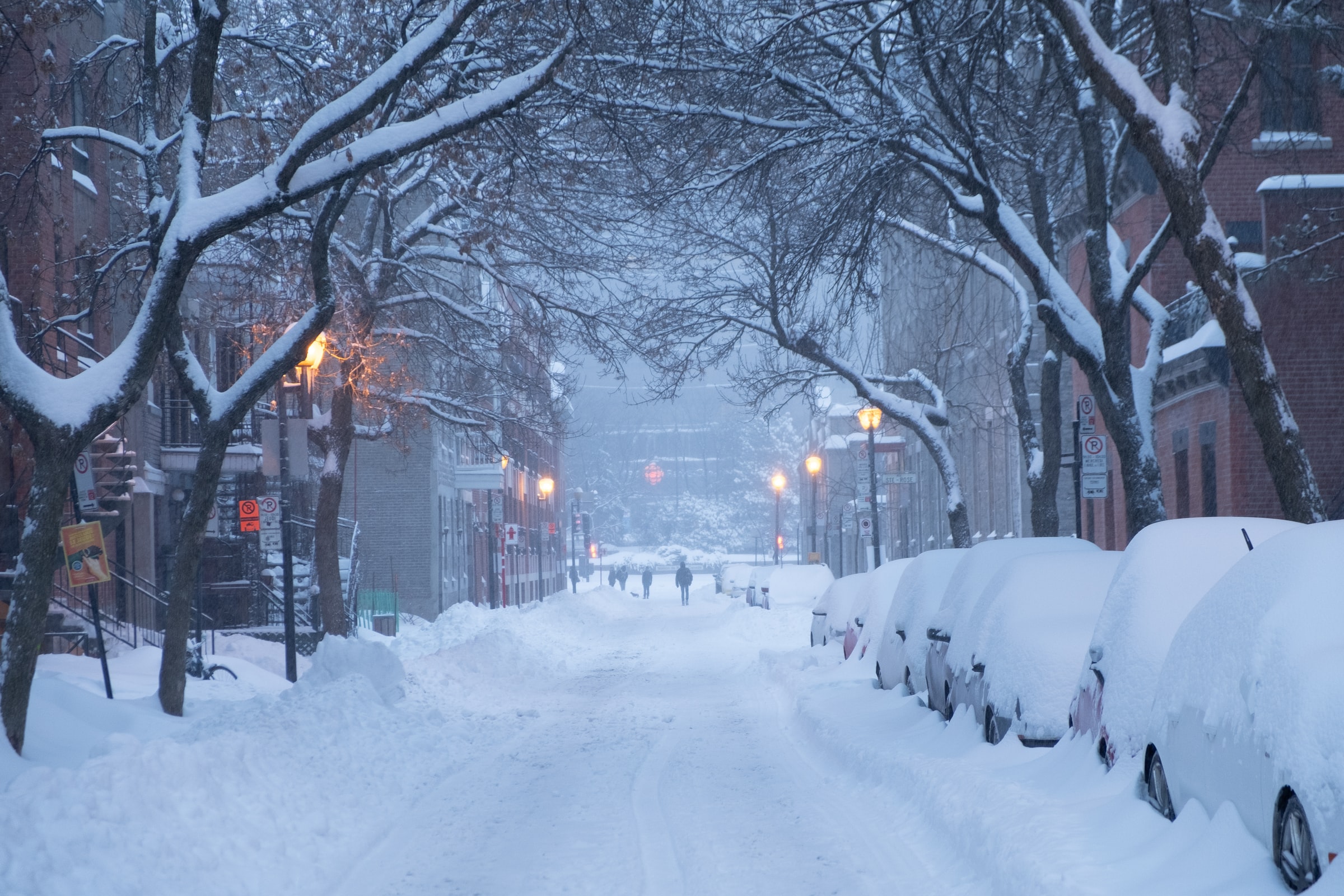Webkeep your car protected from road salt this winter. Salt lowers the freezing point of water, so many cities and towns spread it across roads to help melt ice and keep drivers safe during the winter. But while salt is great for eliminating slippery driving conditions, it’s terrible for cars. Webspreading a solution of water and 23% salt instead can reduce the cost from about $14 per mile, per lane, to $6. This method, called “brining,” leaves strips of white residue on roads before the snow starts and keeps more of the chemical content in place as traffic passes. State transportation agencies spend more than $1 billion every winter trying to keep roads safe. Research has shown a connection between road salt and higher salinity in freshwater. Webthe best thing you can do for your vehicle during the winter is to be proactive about rust prevention. Keep salt off your vehicle and stop rust before it starts. As long as you wash, protect, and undercoat to prepare for the winter, your vehicle should be protected against road salt damage and rust. Webspraying brines—roughly one part salt to three parts water—on roads in the hours before snow starts to fall prevents ice from forming in the first place. That proactive approach reduces salt. Webadding salt to roadways helps create more friction between the tires and ice to make it safer and easier to drive on. The salt can also work more efficiently with a little help from the sun as it melts some of that existing ice into water, which then allows the salt to mix in with the water a lot quicker. Webas many drivers know too well, road salt reduces cars’ lives by speeding up the rusting process. Drivers us$23. 4 billion dollars nationwide yearly in vehicle damage due to corrosion. Road salts also damage the surfaces we drive on. Webit’s road salt, and it’s ubiquitous to anyone who grew up in a northern climate. But what happens in springtime and summer? An increasing amount of research is showing that road salt.
